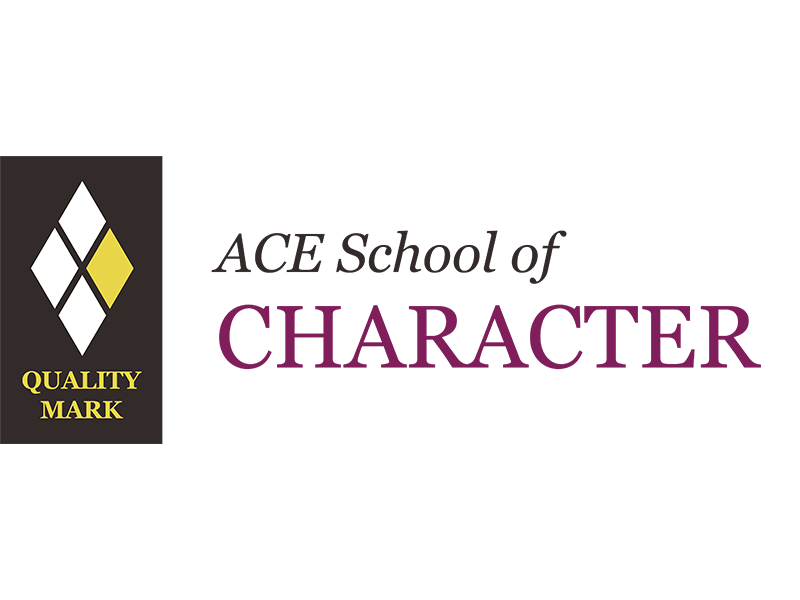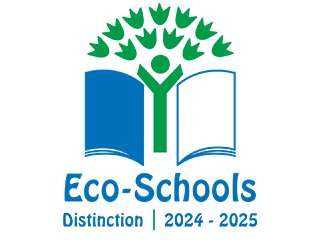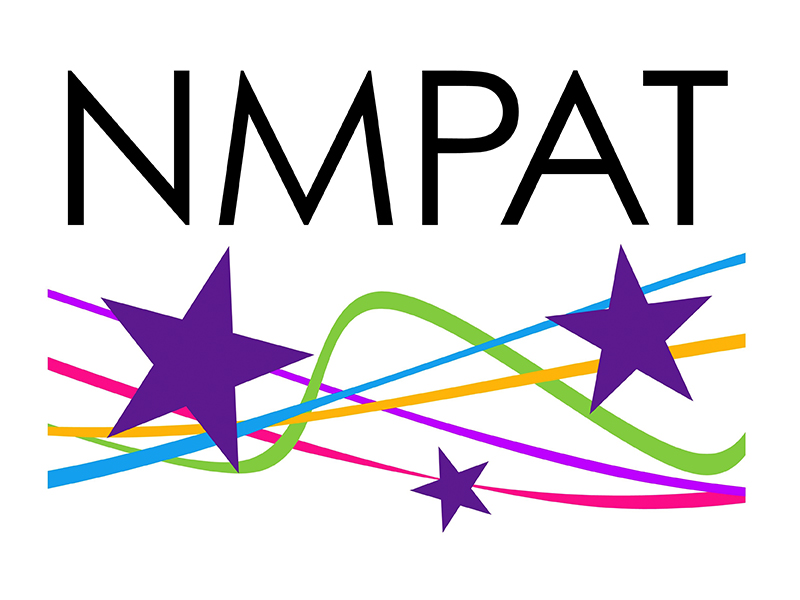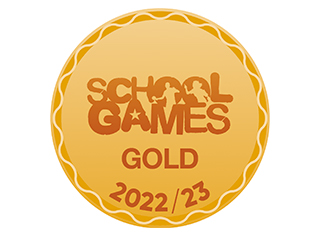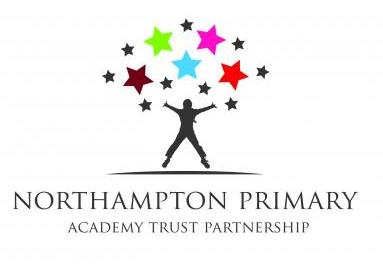Headlands Primary School | Geography Narrative
A quality Geography curriculum will support children in understanding the world around them. They will become curious about our planet and fascinated by its many places, people, resources and environments. They will understand human and physical processes, and their impact on our world. Children will learn how the Earth’s features are formed and how they have changed over time. They will understand the effect that geography has on our everyday lives and that without it, other events and subjects have much less meaning. Children will develop an understanding and appreciation of their local area and the wider world which is around them.
During Key Stage 1, children will begin to develop knowledge of their local area, an understanding of the United Kingdom, and the names of the 7 continents and 5 oceans. They will recognise weather patterns, seasonal changes and begin to learn basic geographical terms. They will use globes, maps and atlases, begin to compare locations and have opportunities to explore their immediate environment through fieldwork. The following areas of focus have been selected: Where I live. Where would you rather live – Northampton or Hunstanton? How is Northampton different to India? From farm to fork – how does your food travel? Mapping Northampton and Inner London and Compare the climates of Antarctica and the Sahara Desert. This range of units will build geographical knowledge and an awareness of the locality using fieldwork. It will provide the opportunity for children to develop their awareness of their locality to the wider world.
During Lower Key Stage 2, children will be given the opportunity to develop their knowledge of their locality and the wider world. The following areas of focus have been selected: HS2 Impact on the landscape and settlements, natural disasters – Pompeii, recycling the environment, why is the rainforest important to me and from the Nene to the Nile. Year Four will also participate in the National Gallery Take One Picture Programme with explicit geography links made to the painting each year.
During Upper Key Stage 2, children will broaden their locational knowledge to include a wide variety of places on each continent, including their main geographical characteristics. They will explore the natural processes of the Earth and consider the impact of people on our planet. They will continue to explore the world around them using a wider variety of geographical sources which they will learn to use in detail. The following areas of focus have been selected: North America from East to West, Sustainability – Natural Resources, Global Warming, African continent, Exploitation of Natural Resources and Legacy – making a difference.
Children will therefore move to secondary school with a sound locational knowledge of the world and an appreciation of the geographical features and events that make each place unique. They will understand similarities and differences across the world and be able to use geographical vocabulary to discuss these. They will be confident when using a variety of sources, including a range of maps and atlases.
The following high dividend concepts have been identified as part of the NPAT Geography curriculum: Sense of Place, Global Links, Diversity, Representations of the World, Sustainability, Change, Travel, Commerce and Trade, Community, Settlement, Locality and Environment. These will form the ‘Big Ideas’ through which all geography will be taught.
The curriculum has been carefully constructed to ensure children obtain a solid understanding of key geographical concepts and knowledge. This is a knowledge-rich Geography curriculum. Knowledge is given a high status and the aim is to empower our children and carefully build their understanding of the subject. The knowledge content is specified in detail and is taught to be remembered, not just encountered. Knowledge is sequenced and mapped deliberately and coherently so that beyond the knowledge specified for each unit. There are vertical and horizontal links which ensure the construction of a secure geographical schema. There will also be opportunities to make diagonal links to other disciplines which have been explicitly planned for.
Horizontal links will be explicitly made. E.g., In Year 6, children will learn about the natural resources of Africa which will be built upon in the next unit through a study of their distribution and UK trade links.
Vertical links will be made where knowledge and understanding are built upon from previous geography units. E.g., In Year 5, the USA unit will build upon knowledge and understanding from the Year 2 unit (Mapping Northampton and Inner London). In this Year 2 unit, there would be direct reference to the Year 1 learning in the “How is Northampton different to India” unit.
Diagonal links will be made, particularly where this is cross-curricular. e.g., links between Science and Geography - such as Environmental Change (Science) with Rainforests/Deforestation (Geography) and Rocks, Soils and Fossils (Science) with Volcanoes (Geography). In Year 2 pupils learn about the geography of London and this then supports their understanding of the Great Fire of London in History.
| Title | Description | Download |
|---|---|---|
| pdf NPAT Geography Long Term Map - 2024-2025 | Download |



